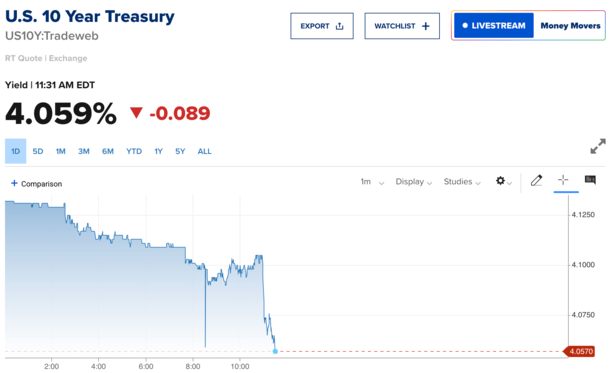Trump's lumber tariffs take hold, threatening to hike home costs
unitedbrokersinc_m7cmpd2025-10-14T14:22:50+00:00The US is now collecting tariffs on imported timber, lumber, kitchen cabinets, bathroom vanities and upholstered furniture, duties that threaten to raise the cost of renovations and deter new home purchases. The import taxes — initially set at 25% for cabinets, vanities and upholstered wooden furniture — officially took effect on Tuesday at 12:01 a.m. New York time. Imports of softwood timber and lumber, meanwhile, are newly subject to 10% fees. At President Donald Trump's direction, most of the lumber and furniture tariffs are set to snap even higher in the new year under US — with upholstered wooden products subject to a 30% rate and kitchen cabinets and vanities at 50% as of Jan. 1. READ MORE: Lumber prices swing as tariff fears roil marketsThe tariffs are the latest implemented by Trump, who continues to roil world markets by erecting trade barriers aimed at driving manufacturing back to the US. The strategy spans broad country-based levies as well as charges imposed on specific goods such as metals and autos. On Friday, Trump threatened to slap an additional 100% tariff on Chinese goods starting Nov. 1 in retaliation to Beijing's clampdown on exports of rare earth materials used in mobile phones, electric vehicles and other technology. The crux of Trump's tariff regime — tariffs on goods from specific economies — remains in legal jeopardy after federal courts ruled he overstepped the emergency powers used to impose them. The Supreme Court is expected to hear arguments in the administration's appeal next month. Sector-specific levies, like those on wooden furnishings, rest on stronger ground. They come under a separate authority — Section 232 of the Trade Expansion Act — that allows the president to apply tariffs in the name of national security. Trump described his wood and furniture tariffs as helping to "strengthen supply chains, bolster industrial resilience, create high-quality jobs and increase domestic capacity utilization for wood products."READ MORE: NAHB's top economist weighs tariffs, immigration, economicsYet economists and homebuilders have warned they also could create obstacles to another of Trump's goals: boosting homebuilding and sales. Trump has for months cajoled Federal Reserve Chair Jerome Powell to lower rates in part to boost home affordability, but critics say the new tariffs could more than offset any gains from lower mortgage and lending costs. Roughly 7% of all goods used in new residential construction come from foreign suppliers, according to the National Association of Home Builders, which cited 2024 data. Even without new import taxes, the group has said the cost of building materials has risen by 34% since Dec. 2020. The new wood and furniture tariffs are uniquely designed — with provisions allowing the US Commerce Department to periodically consider adding new lumber and timber products to the list of goods hit with the levies. Trump also ordered administration officials to vigilantly monitor the price of imports and impose "specific, compound or mixed tariffs" when necessary to counter goods deemed to have unfairly low costs. Unlike typical tariffs — expressed as a percentage and applied to invoiced prices — specific tariffs could be set in US dollars and applied against a select weight or other unit of measurement. Wooden furniture imports from the UK, Japan and European Union are subject to lower, discounted rates meant to reflect separate trade deals inked with the US. Those from the UK are being assessed at 10%, whereas those from Japan and the EU now are subject to 15% charges.

